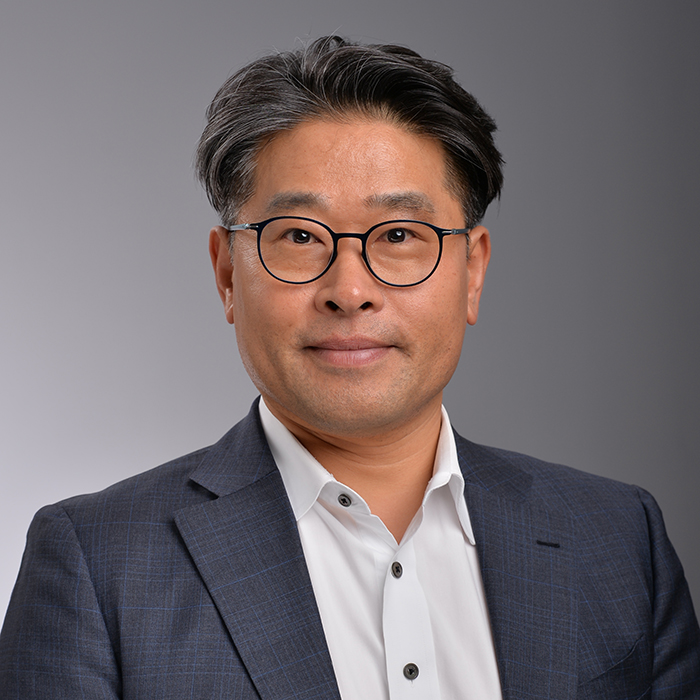Reading between the fireworks
TU professor examines the Winter 2018 Olympic Games through a soft-power lens
By Megan Bradshaw on February 14, 2018
The origins of yin and yang. The concept of opposing forces bound together in harmony. The idea that all energy springs from the same source—key themes in the PyeongChang 2018 Winter Olympics’ opening ceremonies or a subtle diplomatic suggestion?

Towson University College of Health Professions sport management professor—and Seoul native—Keunsu Han, Ph.D., believes it was both.
Han studies geopolitical soft power strategies as well as the Olympic Movement, and the two-hour long broadcast gave him plenty of material.
With respect to the army of drones, the drummers and fire dancers, and the Tongan cross-country skier, perhaps the biggest show on Friday occurred in the VIP box at the Olympic stadium.
Han calls inviting North Korea to the Games a “very, very, very, very, very big point” to recognize, as it was the first time since 1953 a member of the North Korean ruling family visited the south.
He also believes South Korean President Moon Jae-In seating North Korea’s Kim Yo-Jong and American Vice President Mike Pence that closely was a pointed attempt to get his biggest ally and closest neighbor to the negotiating table.
“Nobody wants a war, so what we have to do is communicate. That is a major point of emphasis for South Korea with these Olympics,” stressed Han. “Peace and communication are exactly parallel with the Olympic Movement and spirit.”
“South Korea and America have been allies for a long time and want to stay allies,” he continued.“But South Korea also wants to have a close relationship with the North. Like Germany after World War II, ultimately, we want to be united.”
Han thinks Pence’s refusal to engage with Moon and Kim Yo-Jong was a missed opportunity to use soft-power diplomacy to further the United States’ agenda.
But Kim Jong Un seems to be willing to take part in the spirit of mutual cooperation and friendship among nations that is inherent in the Olympic Movement.
Agreeing to walk in the ceremony and compete as one Korea, combining the women’s ice hockey teams and sending the North Korean cheerleading squad—one of the country’s most famous public personas—are all signs that a leader known for his short temper and nuclear arsenal is expressing himself through soft-power tactics.
To Han, these weren’t empty political gestures, made but not meant.
“The Baekdu mountains are very famous in North Korea,” said Han. “[Kim Jong Un’s] family is described as the Mount Baekdu bloodline, which means they are practically royal. The members all hold high positions in government. For them to send Kim Yong-Nam [the ceremonial leader} and Kim Yo-Jong means they really want to talk to South Korea despite North Korea’s prior, complicated diplomatic calculations.”
The Olympics will continue until the closing ceremonies on Sunday, Feb. 25.